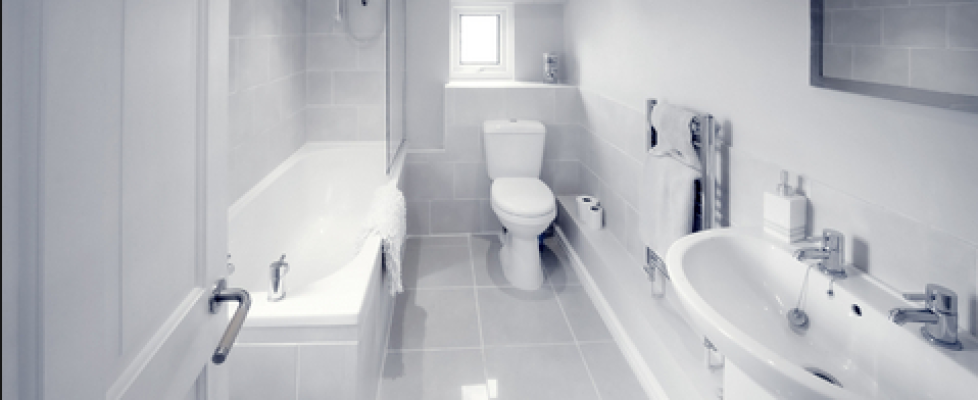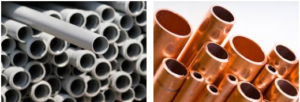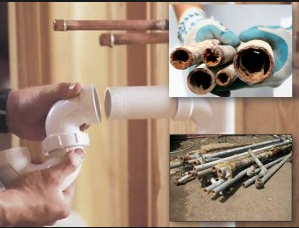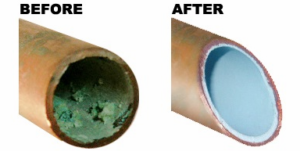What is Repiping and It’s Associated Facts?
One of the question most people ask is, what is repiping? Well, it is a process of changing the supply pipes in a business or dwelling. Some people think is replacing a short section of a pipe. Well, this is not the case, repiping means complete replacement of entire supply plumbing system. The reason to repipe your business or home are many. Leaks, reduced water flow, rusty colored water, or low water pressure may be caused by corrosion of pipes. It is recommendable to repipe when you are remodeling your house, before you finish or paint your walls. It is vital to know the scope of the entire project before work is started. Always remember that if you notice valves that are cracked or corroded, or a small portion of your pipe leaking or isolated leak, it’s quite obvious an indication of a bigger problem.
What is Repiping process?
Repiping can be said to be a process of installing a new copper repipe. This process mostly involves removal of old readily reachable pipe and followed by installation of a new plumbing system. The process includes the installation of new United States of America type L hard copper, appropriately secured and strapped, install stainless steel water supply systems, install kwik ¼ (a quarter) turn ball type water stops. When the new piping system have been installed correctly the water is turned back on, the pressure is then tested and flushed out. On average the repiping process takes about one-to-three days to properly install a new piping system. Once the actual plumbing replacement has been done, some wall patching will be required.
Standard repiping
Inspecting the site professionally is very important for a successful repiping process. A complete/standard repiping process include installation of new cold and hot domestic water pipes from the water source to each and every existing fixtures and faucets. Unless specified otherwise in the proposal, fixtures and drain replacement are not included.
Materials for repiping
There are different materials that are used in re-piping; repiping indoors systems most of the materials used are metals and plastic in some cases. Metal pipes that are used are galvanized steel or copper, brass, and iron. The plastic pipes used are Kitec, Polybutylene PB, Poly Ethylene PE, Chlorine Poly Vinyl Chloride CPVC, and Poly Vinyl Chloride PVC. Although, you should know that most of these plastic pipes will end in lawsuits. Some of the problems are with the fittings, which are mostly cheaply made with small quality control by verity of companies that are overseas. In most cases Poly Vinyl Chloride CPVC repipe are recommended in places where water PH levels are a problem.
Sand blasting as a method of repairing pipes
Sand blasting the inside of a worn thin pipe and painting the inside of worn pipe with epoxy paint is a new trend in re-piping. In some cases, during sandblasting the sandblasting can wear thin and blow over the wall of joints or the pipes. Additionally, some of the thin spots leak out immediately and sometimes these leaks come weeks or days later. Leaking pipes, which are epoxy-coated may end up needing to be properly repiped by installing a CDA copper re-pipe.




